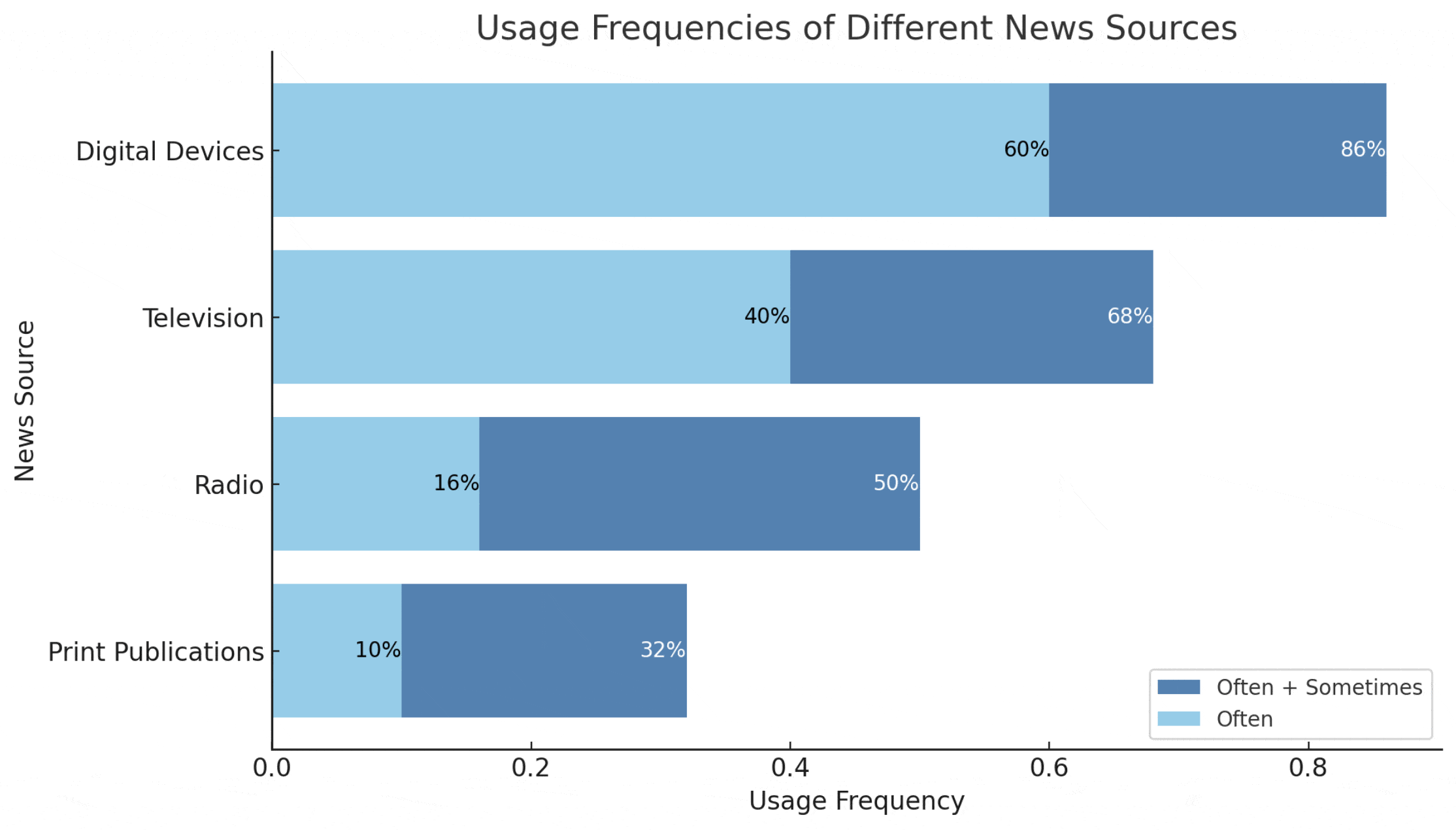The Washington Post announced on July 20 that its comprehensive set of “Web Performance and SEO Best Practices and Guidelines” is now accessible in its open-source design system.
The guidelines, a product of the newspaper’s ongoing effort to evolve and optimize its digital reach, were built with both the reader and search engines in mind. You can view them here: https://build.washingtonpost.com/resources/guides/performance-and-seo
Arturo Silva, the engineering lead at The Washington Post, emphasizes the importance of digital optimization in today’s news consumption landscape.
He states, “We identified a need for a Web Performance and SEO engineering team to build technical solutions that support the discovery of our journalism, as the majority of news consumers today read the news digitally. Without proper SEO and web performance, our stories aren’t as accessible to our readers.”
In other words, as the way we consume news pivots dramatically toward digital channels, search engine optimization (SEO) and web performance have become critical for publishers.
The Post is clear about its objectives for these guidelines, stating, “These new guidelines will ensure that the Post is providing a positive user experience, increasing website visibility, driving organic traffic, and ultimately, improving the site’s overall success.”
This move underscores the pivotal role that SEO plays in digital content strategy. As Silva’s words reflect, it’s not just about creating good content—it’s about making sure the content is easily discoverable, readable and engaging for the digital audience.
This can be a game-changer in publishers’ operations, marking a significant shift toward a more strategic, digitally-optimized future. The Washington Post’s new guidelines offer a roadmap for this journey, providing valuable insights that can help other publishers in their search engine marketing.
SEO horror stories: Spooky tales
from 2017 to 2023
If you’ve been in the SEO business for a while, you’ve likely seen all kinds of search engine optimization gone bad. Let’s see if you can top mine.
Is it time to pull the plug on print newspapers?
As we grapple with the implications of SEO and web performance for publishers, it’s crucial to understand the consumption habits of the modern news reader. Data from Pew Research in 2021 underscores the significance of digital platforms in today’s news landscape.
According to their findings, more than 8 in 10 U.S. adults (86%) say they get news from a smartphone, computer or tablet “often” or “sometimes,” including 60% who do so often. These statistics eclipse the portion of individuals who get their news from television, which stands at 68%.
Moreover, while half of the respondents turn to the radio for news at least “sometimes,” and about a third (32%) still read print publications, the usage frequency of these traditional mediums is considerably lower.

| News Source | Usage Frequency (Often + Sometimes) | Usage Frequency (Often) |
|---|---|---|
| Digital Devices | 86% | 60% |
| Television | 68% | 40% |
| Radio | 50% | 16% |
| Print Publications | 32% | 10% |
These statistics emphasize the growing importance of optimizing web performance and SEO for content marketers and publishers. As digital news consumption continues to outpace conventional mediums, it’s evident that the strategies employed to reach audiences must adapt to the evolving landscape.
As the digital landscape continues to evolve, it will be interesting to see how other major publications respond and adapt to these shifts. The Washington Post’s move might just signal the start of a more significant trend within the industry—prioritizing SEO and web performance to reach and engage the modern news reader more effectively.
